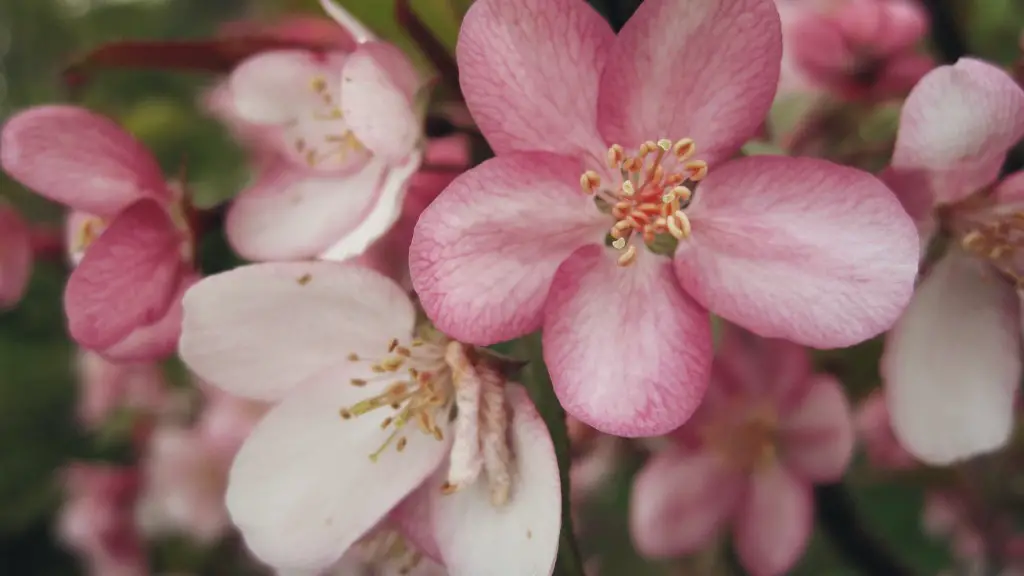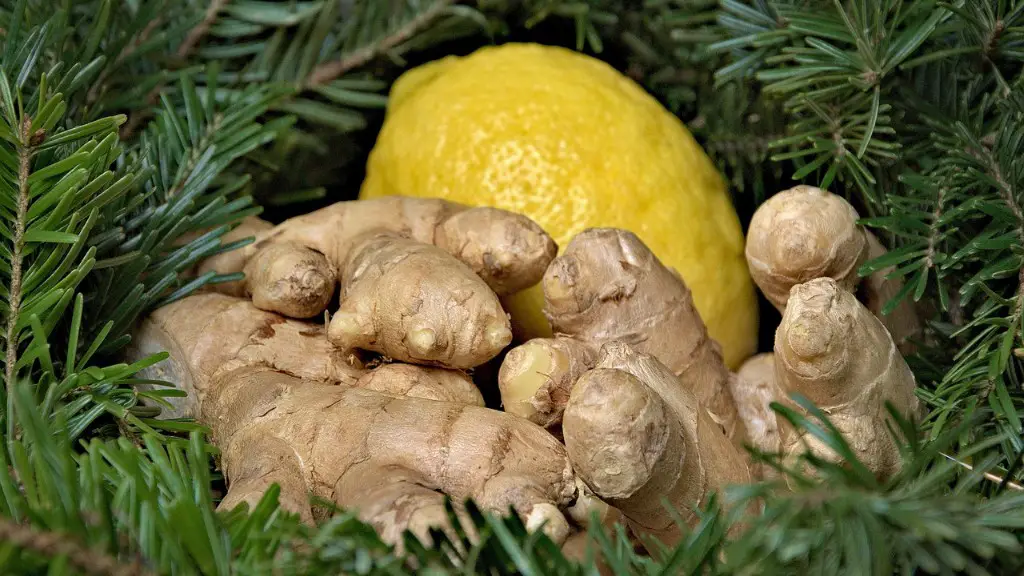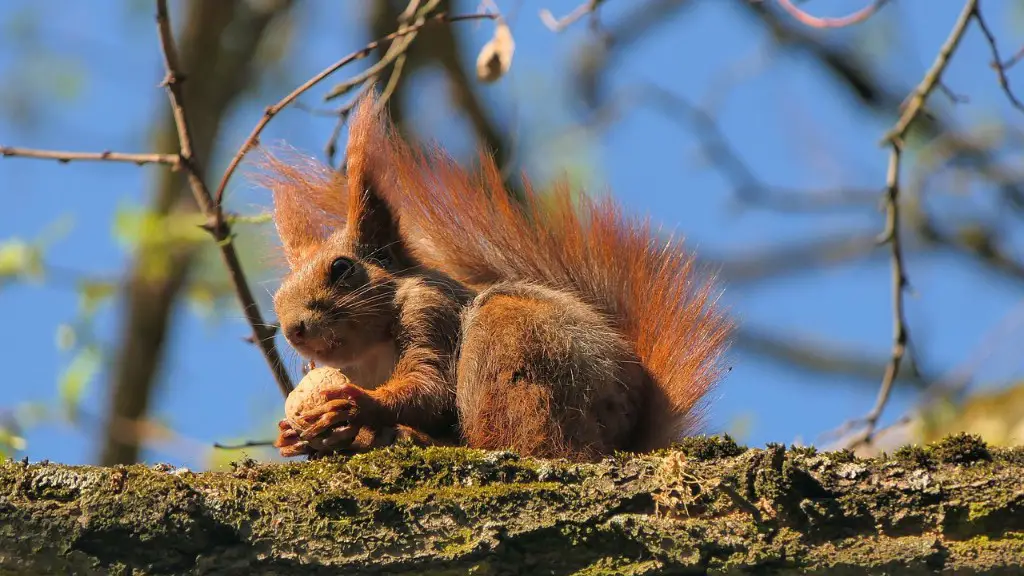Germinate Cherry Tree Seeds
The process of germinating cherry tree seeds is relatively simple and can produce a healthy and productive tree. In order to ensure a successful outcome, however, care must be taken to ensure that the seed is planted in a sterile environment, preferably indoors. In addition, the temperature, moisture and light levels must be closely monitored during the process. With careful attention and the right conditions, germination of the seeds can be successfully accomplished.
What You Need
In order to successfully germinate cherry tree seeds, there are a few supplies that are necessary. The first thing required is the actual seeds. It is best to purchase seeds from a reputable store, online or in person. Make sure to check labels for genetic information, such as the parent tree species, and look for detailed descriptions of the size and shape of the seeds.
In addition to the actual seed, a seed tray, a plastic bag and sandy soil are necessary. Any type of potting soil will do, but it is best to avoid soils with chemical additives that could inhibit growth. Lastly, it is important to have proper lighting from either a grow light or a sunny window.
The Process
To begin the germination process, the sandy soil should be mixed with a small amount of water until it reaches a consistency similar to a damp sponge. The seed tray can then be filled halfway with the moist soil and the plastic bag will act as a tent over the seed tray. It is important to place the plastic tent loosely so that moisture can be released while the seed is germinating.
The seeds should be placed on the surface of the moist soil and lightly covered. The tray should then be placed in either a sunny window or under a grow light, and misted with water as needed to keep soil moist but not wet. It is important to make sure the plastic bag is lifted off the soil as needed to release moisture and prevent mold growth. It is best to check the temperature of the soil twice a day to ensure it does not get too hot or too cold.
The germination process for cherry tree seeds usually takes 4-6 weeks, depending on the temperature and lighting conditions. As the seeds germinate, small shoots will begin to emerge from the soil. Once the shoots are about a half-inch in length, the seeds can be carefully transplanted into individual pots, using the same soil mixture used in the seed tray.
Care and Maintenance
Care and maintenance of newly transplanted cherry trees is essential. The trees should be watered regularly, but not overly so, as too much water can cause root rot. The soil should also be regularly monitored to ensure it is not too dry or too wet. They should also be fertilized every few weeks with a low nitrogen fertilizer, such as fish emulsion.
In addition to regular care and maintenance, it is important to keep an eye out for pests and diseases. Common pests such as aphids or mites can become a problem, and should be managed as soon as they are identified. It is also important to prune the trees during their young stages, in order to encourage healthy growth, and to shape and structure the trees as desired.
Finally, it is important to provide adequate light for cherry tree growth. Trees planted outdoors should be placed in a location where there is at least 6 hours of direct sunlight each day. For trees planted indoors, grow lights or fluorescent lights should be used, and kept on for at least 12 hours per day.
Harvesting
A well cared for cherry tree, germinated from seed, can take up to 4 or 5 years to produce its first fruit. Once flowering has commenced, however, judicious pruning is necessary in order to encourage fruiting. Pruning should only be done during the winter months, as it is important to allow the tree to go dormant in order for it to be productive. Fruits should be harvested when fully ripe for the best flavor.
One of the most rewarding parts of raising a cherry tree from seed is the ability to produce flowers and fruit for several years. With proper care and attention, a cherry tree seedling can become a thriving and productive tree which will provide fresh cherries for generations to come.
Practical Tips
When germinating cherry tree seeds, it is important to start out with a sterile environment, as contamination can lead to a failed germination process. Make sure to use pots and tools that have been thoroughly cleaned and sterilized. In addition, wear gloves when handling the seed, soil and the plants, in order to keep the environment free of potential contaminants.
For the best results, it is also advisable to do a few test sowings prior to planting the actual seeds. Doing this will help to identify any issues with temperature or moisture levels, as well as to ensure that the soil and environment are as sterile as possible. Testing can also be done to ensure that the seedlings are responding as desired once they begin to sprout.
Additional Considerations
For more experienced gardeners, additional considerations may be taken into account when planting cherry tree seeds, such as the size of the seed, the genetics of the parent tree and the specific variety of cherry to be planted. Knowing the genetic information of the parent tree, for example, can provide valuable insight into future characteristics of the tree, such as its height, spread and fruit production.
In addition, the amount of effort and resources used to take care of a cherry tree may vary depending on the particular variety of tree selected. Those looking to save time and effort may choose a tree that requires less care, such as a self-pollinating cherry tree or a grafted cherry tree.
Conclusion
Germinating cherry tree seeds can be a fun and rewarding experience. With the right supplies and environmental conditions, it is relatively easy to get a successful germination rate. With proper care and maintenance, the resulting trees can provide a significant yield of fresh cherries for years to come.


